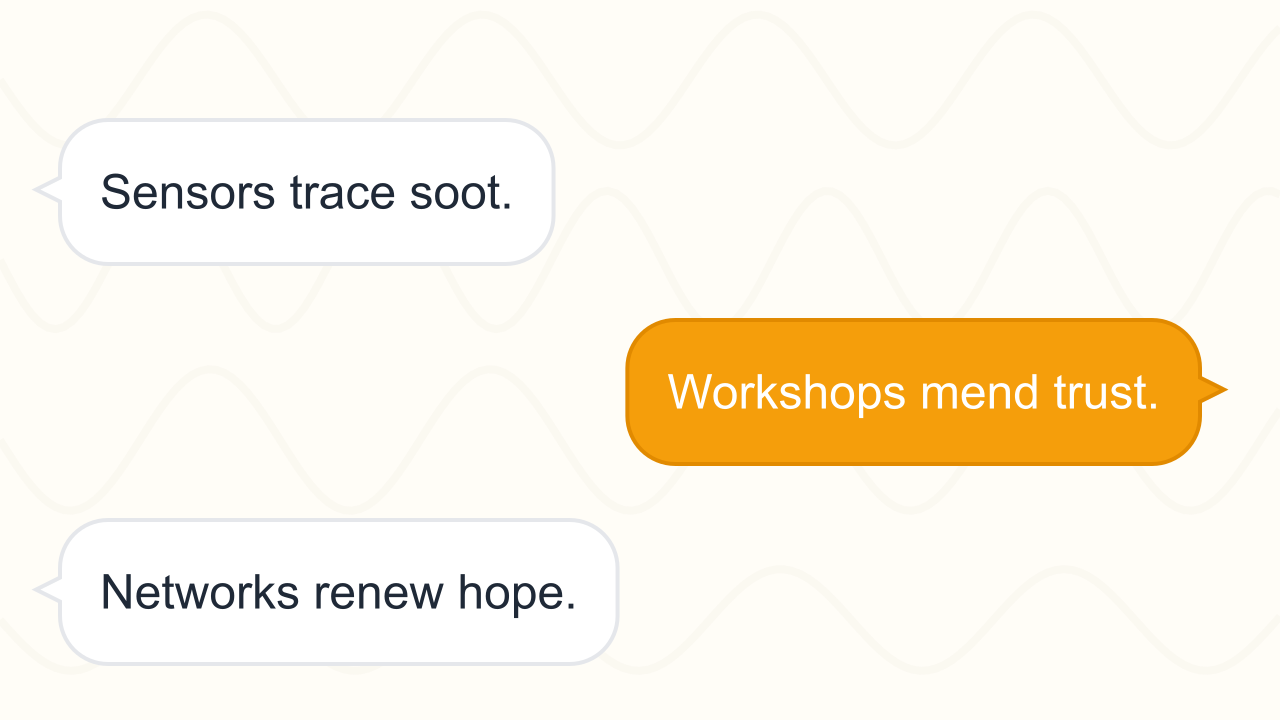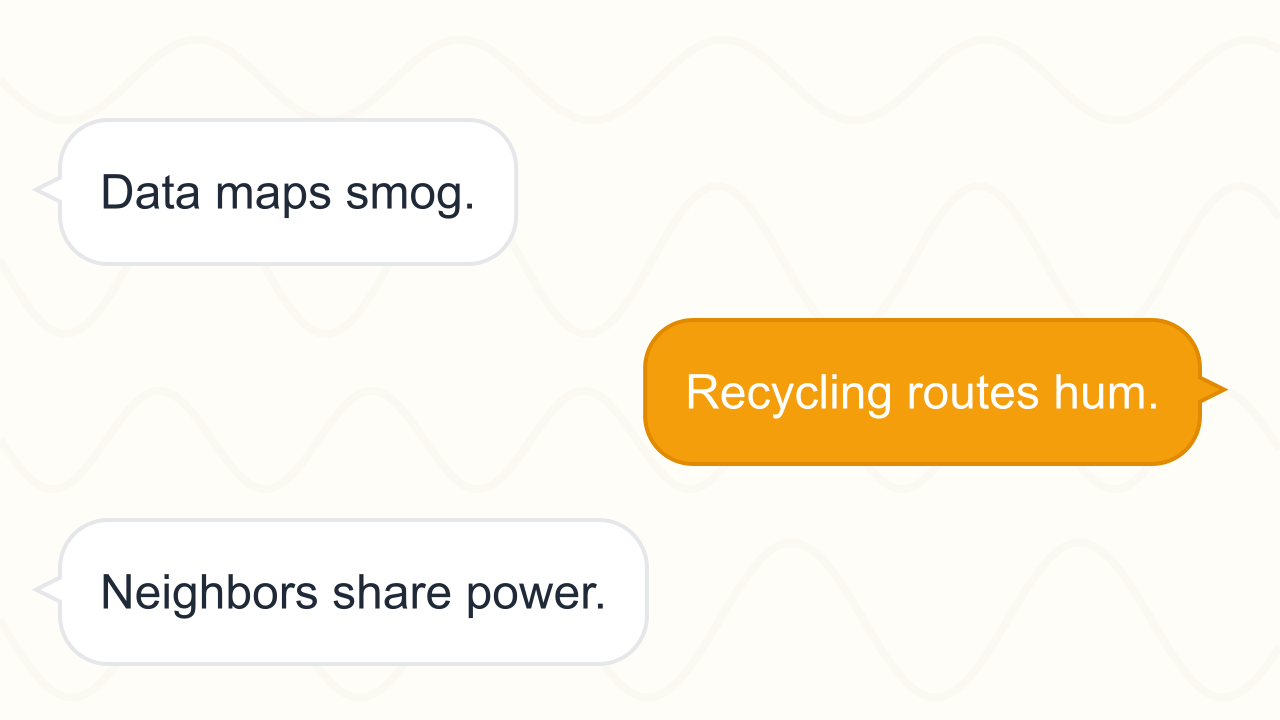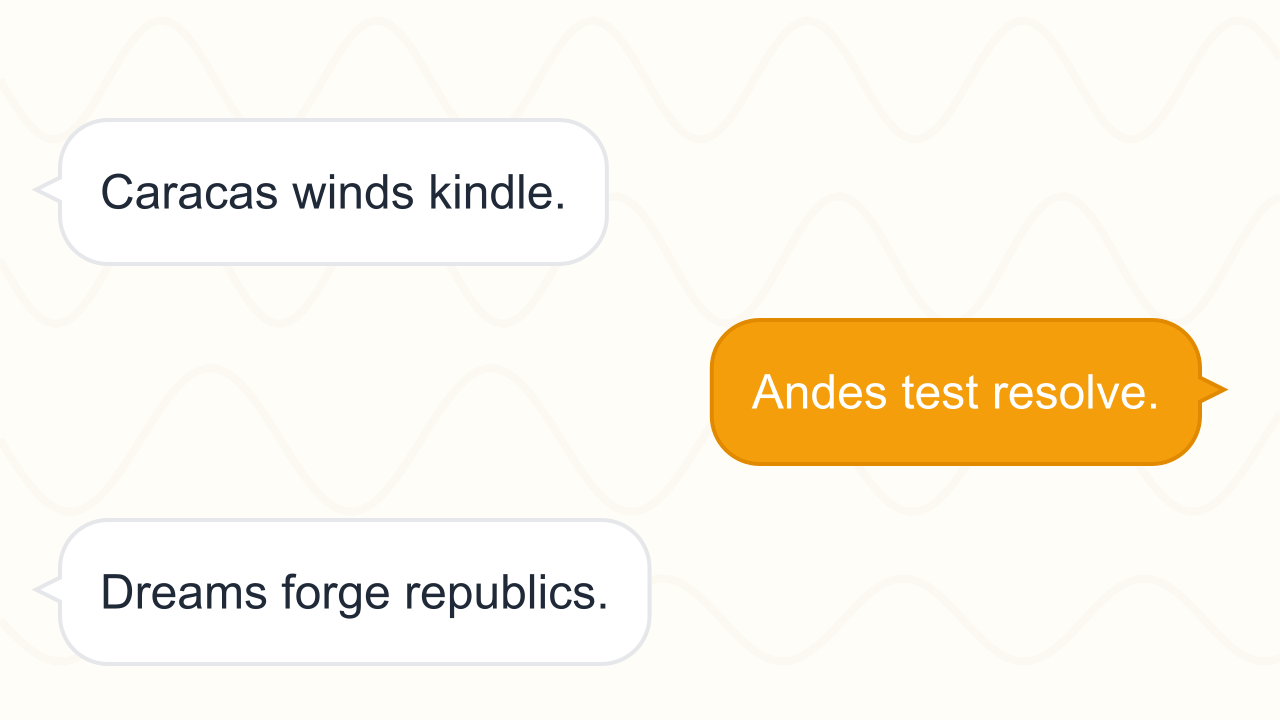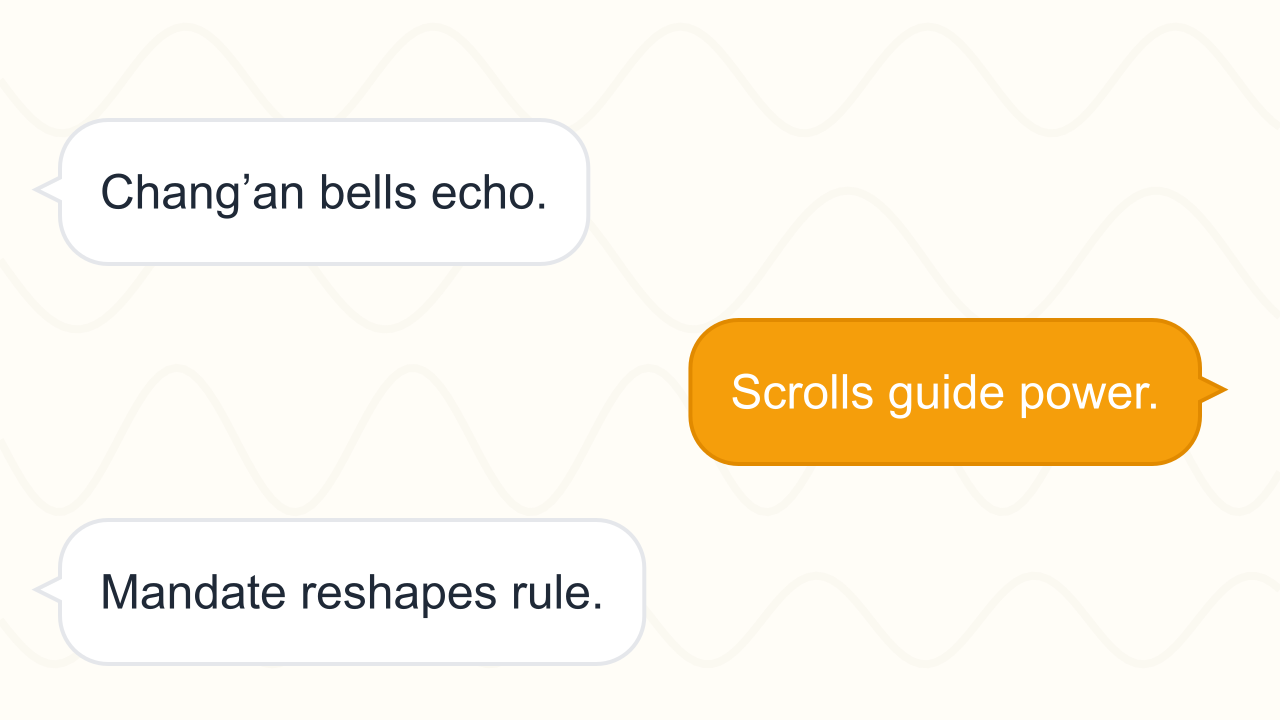Pollution and Recycling: Restoring Our Cities reading Exercise
Explore how air, water, and waste pollution affect urban life, and examine the recycling innovations and community actions working to clean cities around the world.
Exercise Guide
How to complete:
Read the four passages in order. Each covers a different dimension of pollution and recycling—from identifying sources of contamination to investigating solutions in technology and community policy. Annotate key statistics, stakeholders, and strategies. After reading, answer the questions; some focus on factual recall, while others ask you to interpret vocabulary, compare ideas, or evaluate solutions.
Success tips:
Track how the passages connect environmental science with civic decision-making. Notice where data, personal stories, and policy proposals intersect.
- List each type of pollution mentioned and the human activities linked to it.
- Use context clues to define terms like "microplastics," "circular economy," and "contamination."
- Compare short-term cleanups with long-term prevention strategies.
- Evaluate how equity and access influence who benefits from recycling programs.
- Summarize each passage to see how local actions connect to global environmental goals.
Knowledge:
This module builds knowledge about pollution sources, recycling infrastructure, environmental justice, and emerging clean technologies. You will practice reading informational texts, interpreting scientific vocabulary, and analyzing how policy and community engagement drive change.
Complete the Exercise
Reading Passage 1
City scientists recorded that fine particulate matter, known as PM2.5, rises sharply during morning rush hour in Gemstone City. Buses idling at curbs, delivery trucks lining warehouse districts, and commuters accelerating onto expressways send soot and nitrogen oxides into the air. High-rise residents reported metallic tastes on foggy days, while nurse practitioners noted higher asthma admissions in pediatric clinics near traffic corridors.
Storm drains capture the residue and funnel it into the Jade River, carrying automotive oil, tire fragments, and litter into the estuary. Laboratory tests found alarming levels of microplastics in river mullet, prompting local fishers to warn customers about consuming their catch. Environmental engineers explained that pollutants travel easily between air, water, and soil, meaning a narrow solution would only shift the problem elsewhere.
City council hearings revealed disparities: neighborhoods dense with warehouses faced higher pollution than uptown districts with tree-lined boulevards. Residents demanded more air-quality monitors, stronger limits on diesel engines, and routine street sweeping to remove dust before rainstorms wash contaminants into waterways.
Which activities primarily contribute to the PM2.5 spikes described in the passage?
How do pollutants move between different parts of the environment according to the engineers?
What evidence indicates pollution burdens are unevenly distributed in Gemstone City?
Which vocabulary term from the passage most nearly means “tiny plastic particles formed by degradation”?
Which policy proposal from residents addresses both health and environmental concerns?
Reading Passage 2
Gemstone City’s recycling plant, built in the 1990s, relied on manual sorting lines and limited data tracking. As packaging trends shifted toward complex composites, contamination rates rose: greasy pizza boxes soaked fiber bales, and mixed plastics jammed conveyor belts. Landfill managers warned that rejected loads would shorten the lifespan of the regional disposal site.
In response, the city installed optical scanners that identify materials by reflectivity and density, allowing staff to redirect plastics numbered #1 through #7 into separate streams. Smart bins in downtown plazas now use QR codes to tell residents whether an item is recyclable, compostable, or trash. Data dashboards show contamination falling from 24% to 11% within nine months.
Still, challenges remain: apartment towers without ground-floor storage struggle to stage multiple carts, and small businesses cite the cost of training employees. Environmental educators partnered with neighborhood associations to host “sort-it-right” nights where residents practice placing items into mock bins while discussing the global markets that purchase recycled materials.
Why did contamination levels rise at the recycling plant before upgrades?
What technological change helped the plant separate plastics more effectively?
How do smart bins support residents in making better recycling choices?
Which group still experiences difficulties with the revised recycling program?
What purpose do the community “sort-it-right” nights serve?
Reading Passage 3
Community groups in Gemstone City connect pollution and recycling to public health. The River Guardians, a youth-led nonprofit, organize weekend cleanups that catalog every item collected: cigarette filters, single-use utensils, and aluminum cans. They collaborate with epidemiologists who map where litter hotspots overlap with neighborhoods reporting higher blood lead levels or limited access to fresh food.
Using this data, the group convinced the city to pilot refill stations for drinking water at bus depots and to require deposit fees on beverage containers. High school students presented findings to the health department showing that neighborhoods with refill stations saw a measurable drop in disposable bottle sales. Their testimony helped secure grants for urban tree planting and the construction of pocket parks that use rain gardens to filter runoff.
When skeptics asked if recycling alone could solve pollution, River Guardians pointed to their “Reduce, Reuse, Repair” curriculum. Workshops teach bicycle maintenance, clothing repair, and zero-waste lunch packing, emphasizing that consumption choices must shift alongside sanitation services. Local business owners joined the movement by offering discounts to customers who bring refillable containers.
How do the River Guardians connect litter data to public health concerns?
Which policy change was influenced by the group’s data presentations?
What evidence supports the effectiveness of refill stations?
What message does the “Reduce, Reuse, Repair” curriculum emphasize?
How did local businesses respond to the River Guardians’ initiatives?
Reading Passage 4
Gemstone City’s long-term plan imagines a circular economy in which materials circulate without becoming waste. Pilot projects include modular smartphones that can be repaired by swapping components, bio-based packaging that decomposes into nutrient-rich compost, and construction sites that sort concrete, steel, and wood for reuse. City planners partnered with universities to test sensors that measure contamination in compost piles, ensuring food scraps break down safely.
Policy makers also consider equity: low-income households receive discounted utility bills if they participate in organics collection, and job-training programs teach residents to refurbish appliances for resale. The plan allocates funds for retrofitting older buildings with ventilation systems that filter particulates and for electrifying bus fleets to cut diesel emissions.
International partners observe Gemstone City’s progress through an annual summit where scientists, engineers, and civic leaders share data. Participants debate how carbon pricing, producer responsibility laws, and community cooperatives can work together. The city’s mayor concludes each summit with a reminder that recycling alone cannot solve pollution but can anchor a broader commitment to redesigning products, conserving energy, and listening to affected communities.
What does a circular economy aim to achieve in the context of Gemstone City?
How does the city address equity within its recycling and pollution strategy?
Which innovation helps ensure composting remains safe and effective?
What is one transportation-related action in the long-term plan?
What message does the mayor emphasize at the annual summit?
Share this exercise
Help others learn reading by sharing this exercise
Related Exercises

Designing Regenerative Networks for Future Neighborhoods
Trace how innovators, residents, and policymakers build interconnected solutions that cut pollution, expand recycling, and redesign everyday systems across six detailed case studies.

Clean Cycles for Tomorrow
Discover how neighborhoods reinvent waste systems, deploy new materials, and empower residents to shrink pollution footprints while expanding recycling access.

Simón Bolívar: Liberator of the Andes
Journey with Simón Bolívar from his Caracas youth through daring Andean campaigns and the struggle to define lasting republics across northern South America.

Wu Zetian: Mandate of the Tang
Follow Wu Zetian’s ascent from a palace attendant to emperor of the Zhou dynasty, examining how she wielded scholarship, alliances, and reform to shape eighth-century China.

Harriet Tubman: Conductor of Freedom
Trace Harriet Tubman’s transformation from an enslaved child on Maryland’s Eastern Shore to a fearless Underground Railroad guide, Civil War scout, and lifelong advocate for equality.